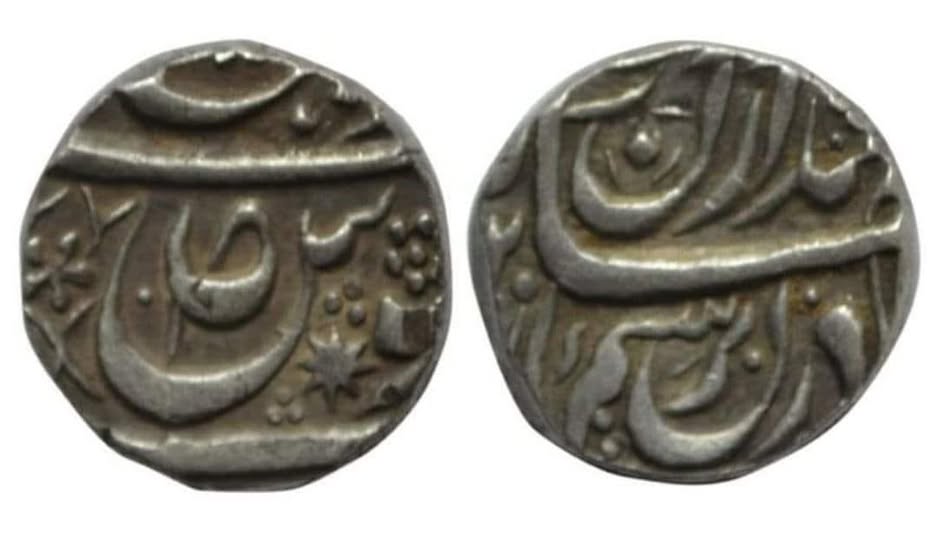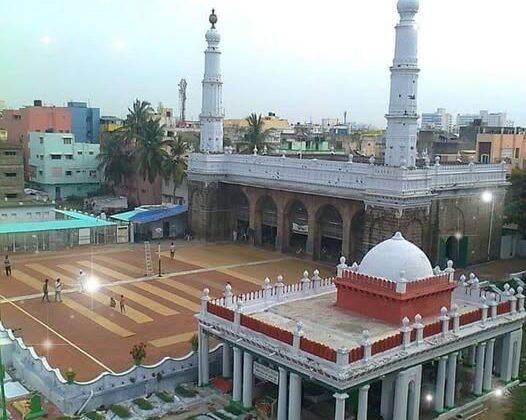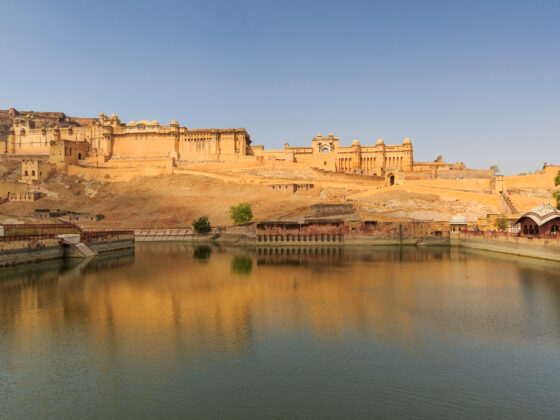Rare Silver Rupee of Nabha State: Legacy of Jaswant Singh

Introduction
Among the many princely states that existed in pre-independent India, Nabha held a prominent position. The state, under the rule of Maharaja Jaswant Singh, issued various coins that hold immense numismatic and historical significance today. One of the rarest and most sought-after coins from this era is the 11-gram silver rupee. This coin not only reflects the economic and political landscape of its time but also serves as an exquisite artifact for collectors and historians alike.
The Nabha State and Its Ruler
Nabha was one of the Phulkian states of Punjab, established in the 18th century. The princely state played a crucial role in regional politics and aligned itself with the British during colonial rule. Maharaja Jaswant Singh, who ruled Nabha from 1871 to 1877, was known for his administrative skills and support for infrastructural developments.
Jaswant Singh’s reign saw the minting of several coins, including silver rupees. These coins were circulated widely and showcased the economic stability of Nabha. However, today, finding an original silver rupee from his era is exceptionally rare, making it a prized possession among numismatists.
The 11-Gram Silver Rupee: A Collector’s Treasure
Weight and Composition
The silver rupee of Nabha State under Jaswant Singh weighs approximately 11 grams. Unlike standard British India rupees, which were around 11.66 grams, this coin had a distinctive weight and composition. It was made of high-purity silver, giving it an intrinsic value beyond its historical significance.
Design and Inscriptions
The design of this rare coin reflects the rich numismatic traditions of Indian princely states. Some key features include:
- Obverse Side: Typically, the coin bore inscriptions in Persian or Gurmukhi, indicating the issuing authority, i.e., Nabha State, along with the ruler’s name.
- Reverse Side: The coin often featured the regnal year, mint details, or religious symbols that signified the era’s cultural influence.
Unlike British India coins, which carried the effigy of the reigning British monarch, princely state coins maintained distinct indigenous designs that made them unique.
Minting and Circulation
Coins during Jaswant Singh‘s reign were minted using traditional die-struck techniques. These coins were primarily used for trade and administrative payments within Nabha and neighboring states. Due to their limited mintage and circulation, many of these silver rupees did not survive over time, making them rare collectibles today.
Why Is This Coin Rare and Valuable?
Several factors contribute to the rarity and high value of the 11-gram silver rupee of Nabha State:
- Limited Mintage: Unlike mass-produced British Indian coins, the Nabha State rupees had a restricted production, leading to fewer surviving specimens.
- Historical Importance: Coins from princely states offer a glimpse into India’s pre-colonial and colonial economic systems, making them historically valuable.
- Silver Content: Given its pure silver composition, this coin has inherent material worth in addition to its numismatic value.
- Collector’s Demand: Numismatists and antique collectors highly seek these coins, driving their market price significantly higher.
Current Market Value and Investment Potential
Due to its rarity, the market value of the Nabha silver rupee is considerably high. Depending on its condition, the price can range from thousands to lakhs of rupees in auctions and private sales. Collectors and investors often look for well-preserved specimens with clear inscriptions, as these fetch the highest bids.
Experts recommend buying from certified numismatic dealers or auction houses to ensure authenticity, as counterfeit versions exist in the market.
Conclusion
The 11-gram silver rupee of Nabha State from the reign of Jaswant Singh is not just a coin but a piece of history. It represents the rich heritage of Indian princely states, their economic strength, and their artistic craftsmanship. For historians, numismatists, and investors alike, owning such a rare coin is akin to holding a treasure from the past. As interest in Indian numismatics grows, the demand for these rare coins will only increase, solidifying their place as invaluable collectibles.
If you come across an original Nabha silver rupee, consider it a true gem in the world of numismatics!










